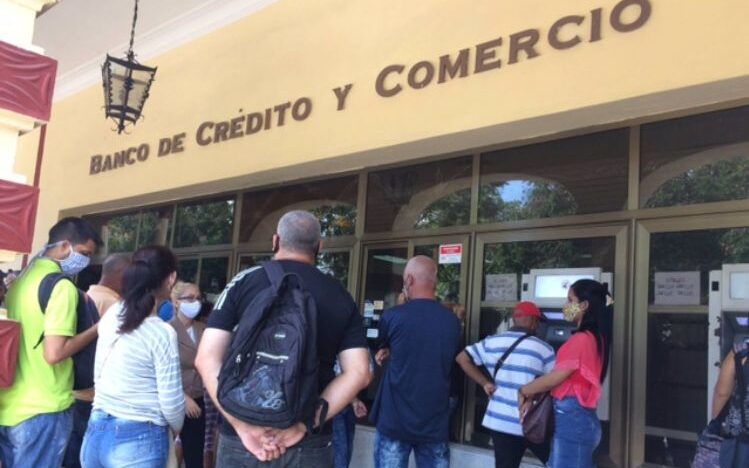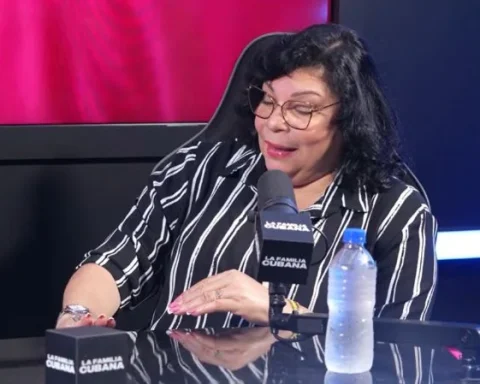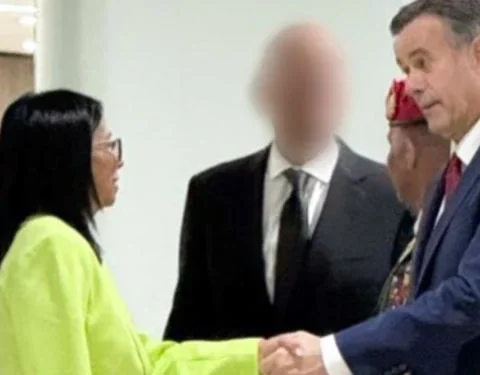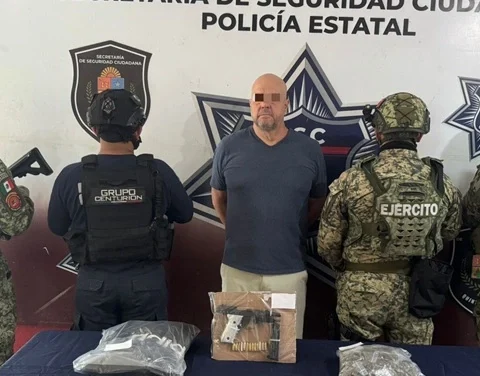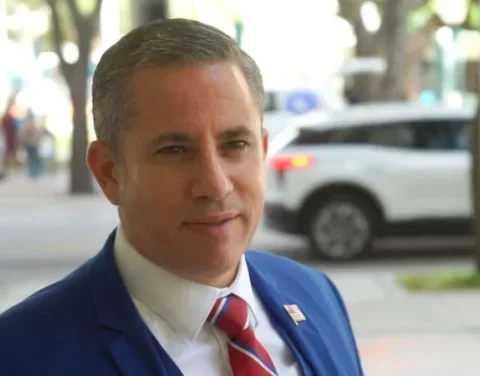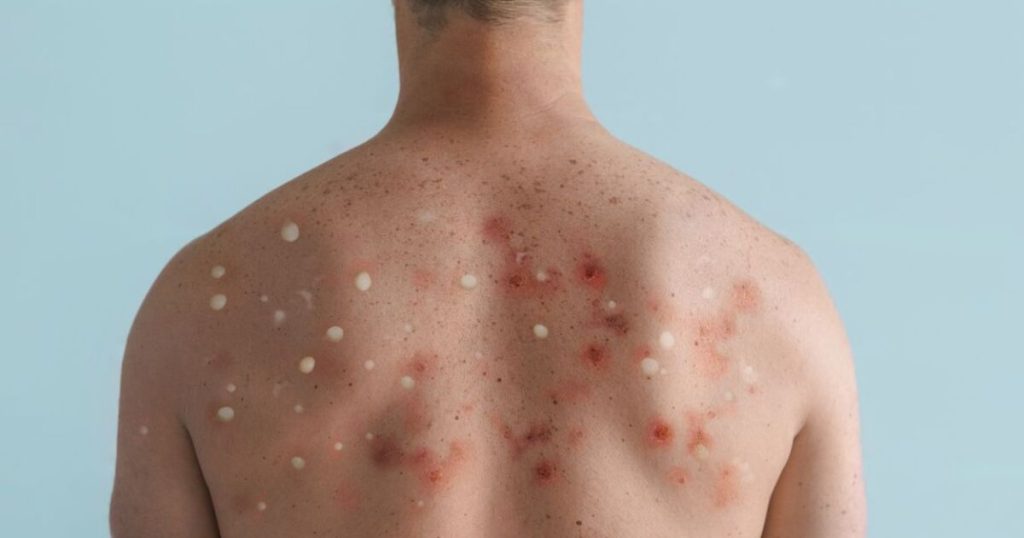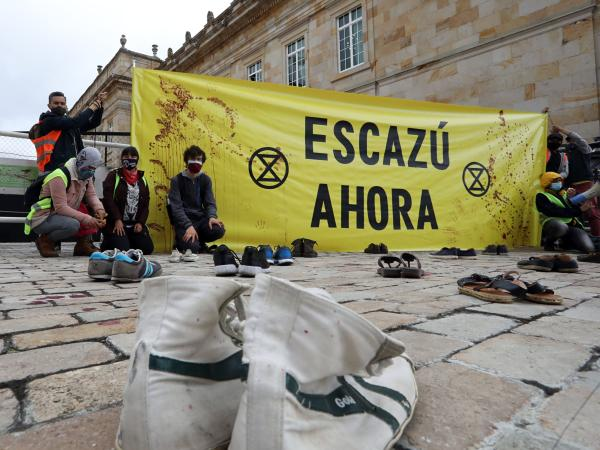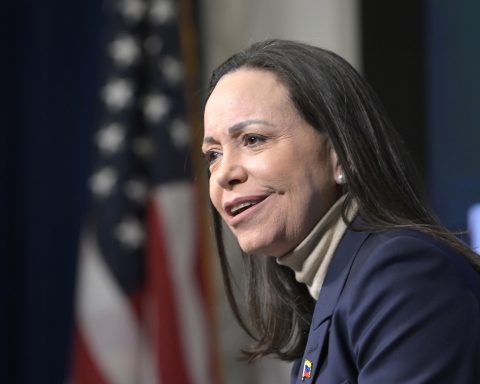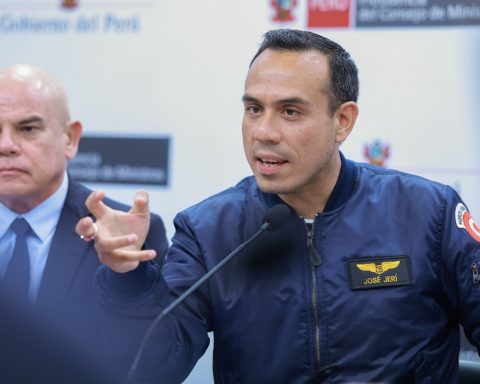AREQUIPA, Peru – “The Bandec Prepaid Card, which enables the purchase of goods and services in the retail and wholesale network and was previously purchased for a price of 50 USD, can now be purchased for 5 USD and with a commission of 4 USD,” reported Ailín Lozano Lozano, a communicator for Banco de Crédito y Comercio in Matanzas.
The spokeswoman offered statements to the state press of the regime explaining the reduction in the price of the cards, a measure aimed at simplifying access, encouraging use among Cubans and tourists, and facilitating the sending of remittances through Bandec.
This card can be recharged in cash with the currencies authorized to circulate in the country or through a transfer from abroad without any limit, the official report states.
“For example, you can receive from the Tocopay.com site, which offers the possibility of transferring money to Cuba from anywhere in the world,” the note emphasizes.
The card can be acquired by foreign and national individuals, whether or not they are residents of the national territory, as well as by the different forms of non-state management.
“At the time of purchase, the card PIN will be generated, which will be used in all purchases you make, constituting the security of your money in case of loss or theft,” Lozano Lozano specifies.
Remittances to Cuba
Remittances are the financial support of millions of Cubans. But the state monopoly GAESA and its allies benefit from these to prop up the government, which despite the constant injection of capital is collapsing.
Academic Emilio Morales believes that sending remittances is a “win-win” for the Havana government, “because the dollars never reach the hands of Cubans, they remain in the bank accounts of companies managed by GAESA outside Cuba.”
Morales classified remittances into three stages. The first corresponds to the period 1991-2006 and was marked by the reforms of dictator Fidel Castro to alleviate the crisis euphemistically called the “Special Period.”
The years from 2007 to 2018 constitute the second stage, a period defined by the Guidelines of the Communist Party of Cuba and the transformations made by Raúl Castro after inheriting power from his brother.
While the third stage corresponds to “continuity”, the most recent period corresponding to the regime of Miguel Díaz-Canel and the implementation of stores in Freely Convertible Currency (MLC), the Ordering Task, the new Foreign Exchange Market and the “banking” of the economy.
According to the study, throughout the three stages, shipments from abroad constituted the financial base that served to create the dollarized retail infrastructure that exists today throughout the island.
